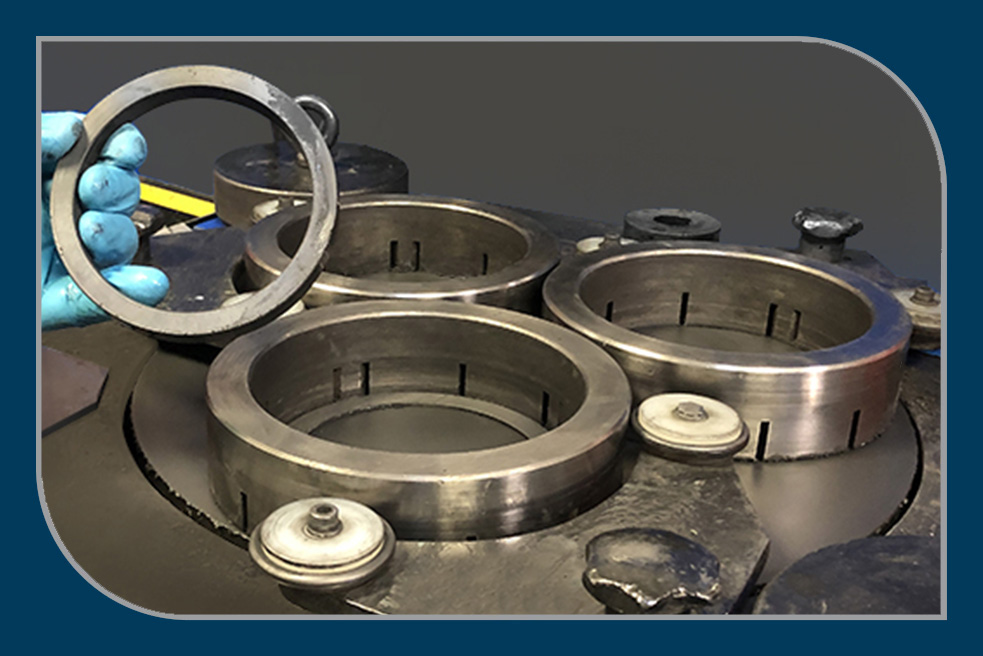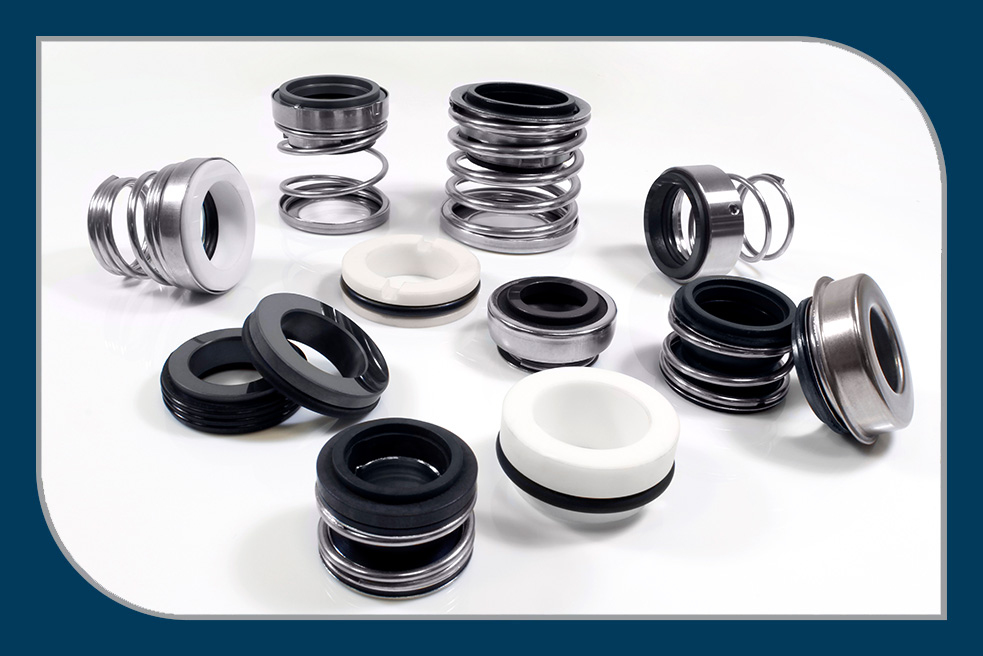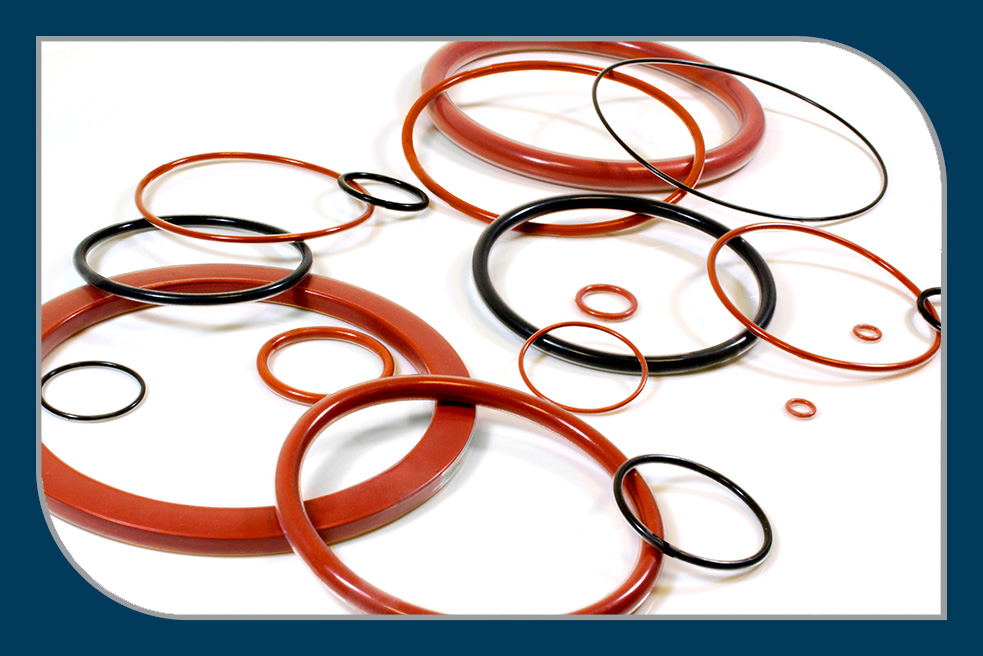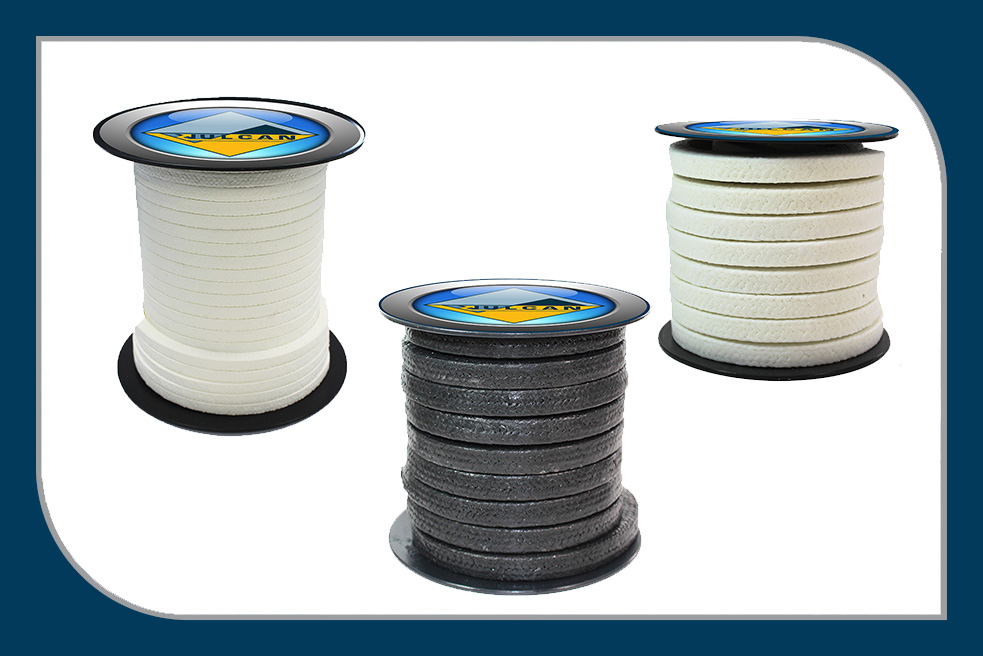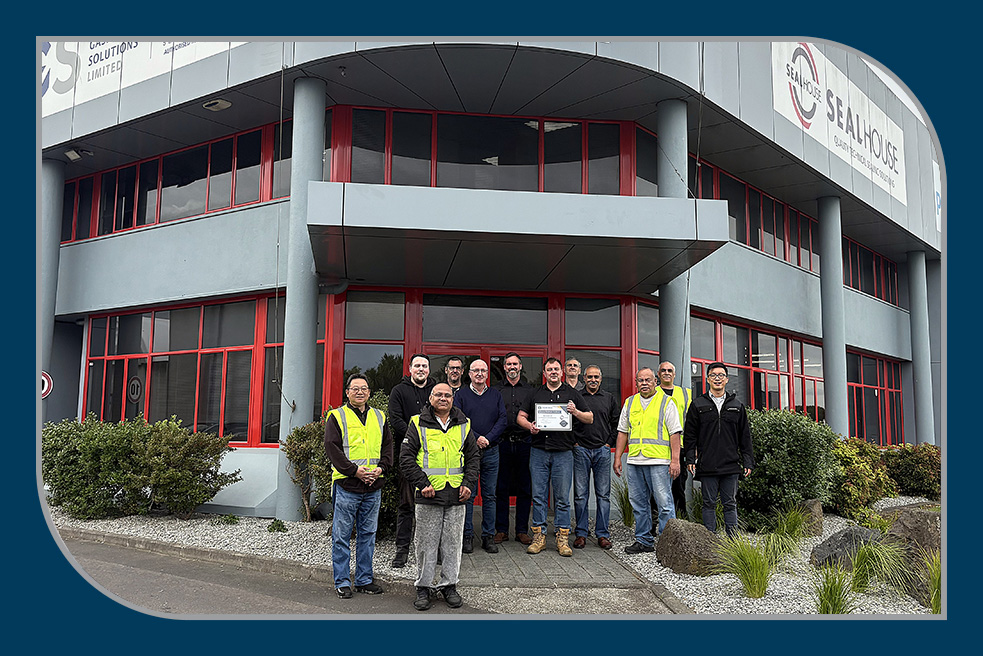Mechanical Seal troubleshooting: Identifying and preventing common failures
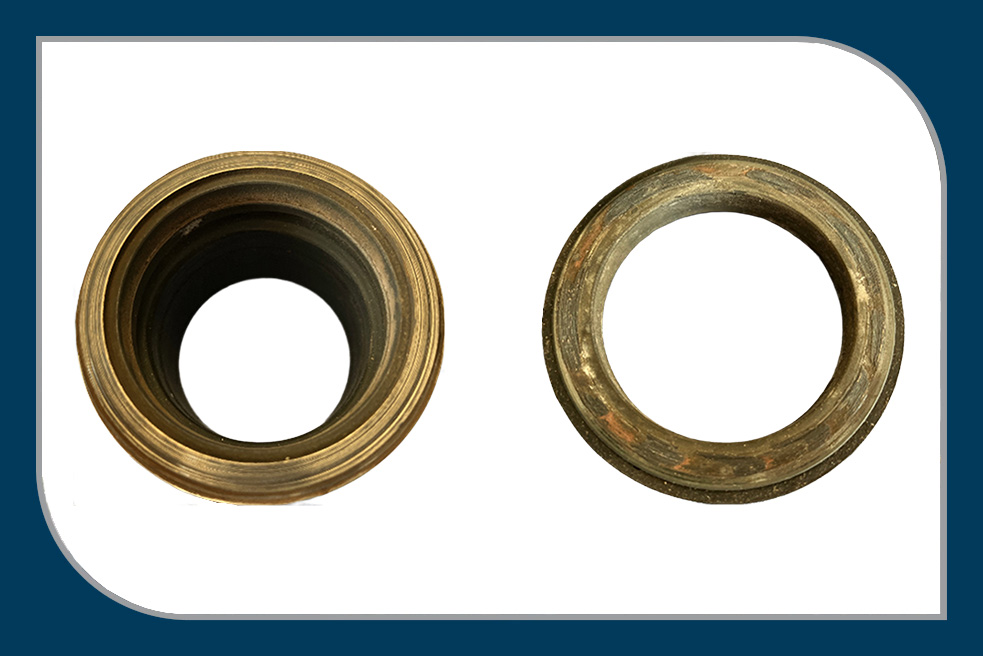
Mechanical seals are critical components in pumps and other rotating machinery. They are responsible for containing fluids and ensuring that equipment runs reliably. They are designed to wear gradually over time and will eventually require replacement. However, if a mechanical seal stops sealing prematurely, before the scheduled maintenance or the end of its expected service life, this is considered a failure.
Such failures can lead to leaking fluid, equipment damage, and costly downtime for maintenance or repairs. It is worth mentioning that many mechanical seal failures in typical plants are caused by issues other than normal wear and tear. This means that most premature seal failures can be prevented through proper practices.
The technical experts at Vulcan Seals have identified four main reasons why a mechanical seal will stop working:
- Dry running
- 1.1 Dry running | Flashing off
- 1.2 Dry running | Pure or de-ionised water
- 1.3 Dry running | Glycol contamination
- 1.4 Dry running | Heat shock of ceramic
- Elastomer incompatibility
- 2.1 Elastomer incompatibility | EPDM with petroleum products
- 2.2 Elastomer incompatibility | FKM/Viton with ammonia substances
- 2.3 Elastomer incompatibility | FKM/Viton with acetate and acrylate substances
- Face incompatibility
- Overheating
1. Dry running
Dry running is when a mechanical seal operates without lubrication between the primary faces. The faces stay in contact, generating heat and wear and eventually causing leakage as the lapped surface is lost.
Why does it happen?
• No fluid at start-up (unprimed pump/air pockets).
• Seal over-compression prevents the running gap from forming.
• Loss of fluid during operation due to flow interruption or local evaporation from hot faces.
After a normal service period, faces show expected wear (see reference image). If they look like this after a short run, the seal has been dry running.

How to prevent it?
• Fully prime the pump before start-up (filled with fluid, no air pockets).
• Maintain continuous, adequate inlet flow to keep thermal balance and the seal gap.
• Set the seal to the correct working length for the seal chamber; avoid over-compression.
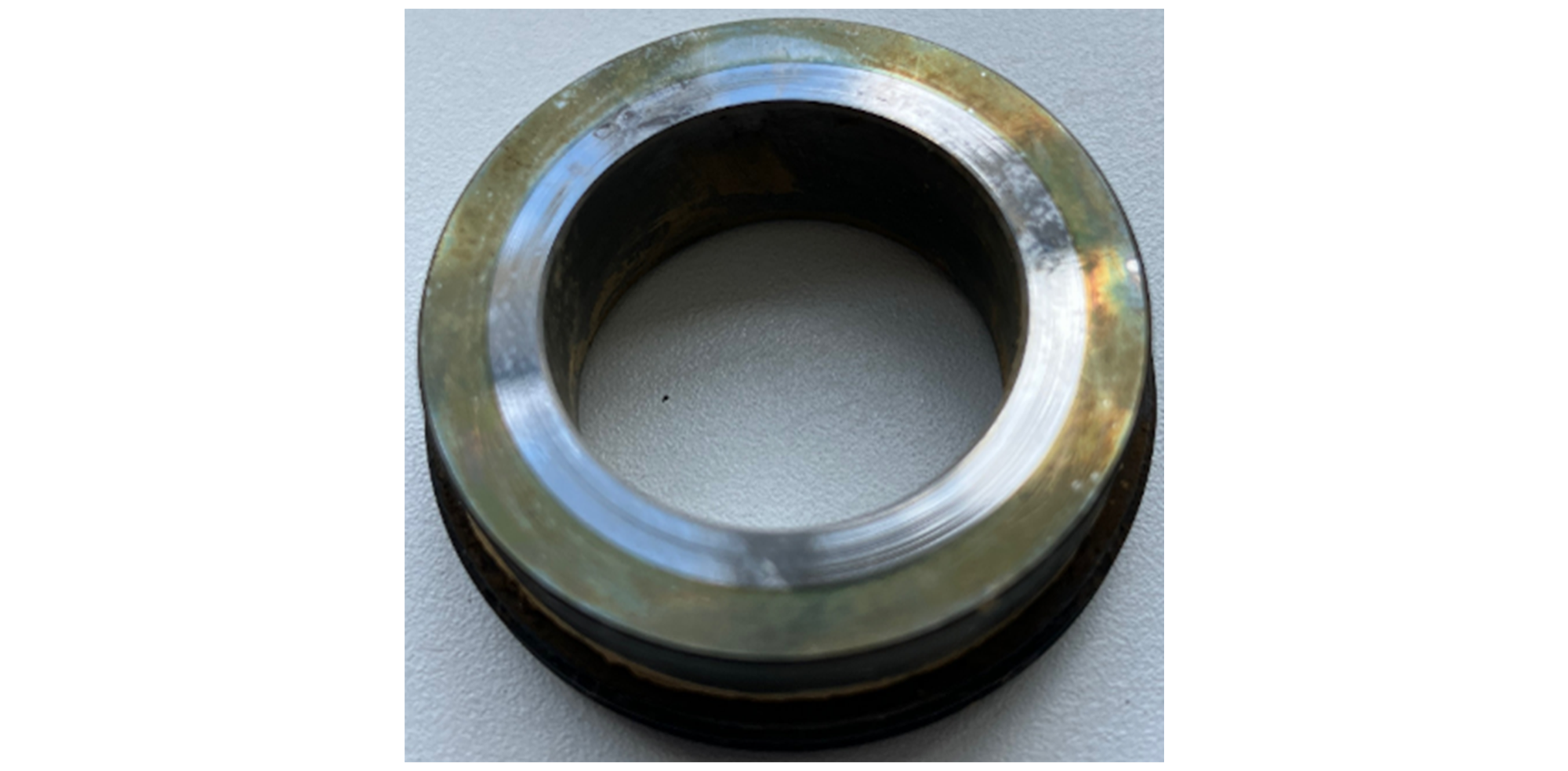
1.1 Dry running | Flashing off
“Flashing off” is the explosive evaporation of media in the sealing gap between the seal faces. Usually, volatile fluids cause this, but it can also occur when a lower DP fluid is suspended in a high BP fluid, such as water in oil. The sudden evaporation “chatters” the seal faces together and craters the seal faces.
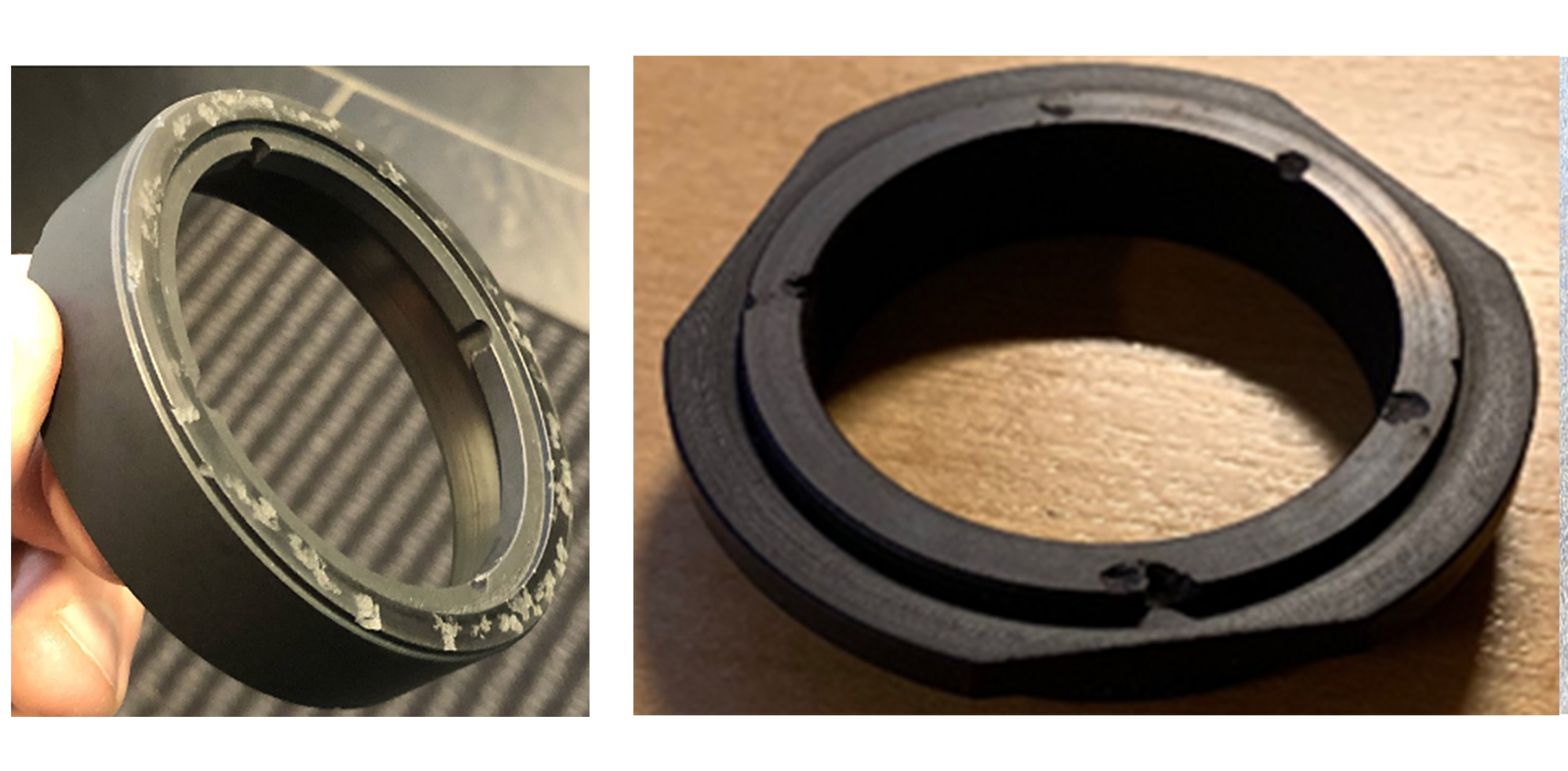
1.2 Dry running | Pure or De-ionised water
Water is a poor boundary lubricant for mechanical seal faces. Its small molecule size, high surface tension, relative volatility, and strong dielectric properties reduce film formation and increase face friction.
When does it work better?
Water that contains dissolved inorganic salts (electrolytes) or deliberate additives has improved lubricity. Clean/potable water typically has enough naturally dissolved electrolytes to benefit sealing performance.
When it performs poorly
• Ultra-pure water: With electrolytes removed, lubricity drops, and so does electrical conductivity (≤ 0.20 μS/cm, depending on purity).
• Glycol additives: Using ethylene or propylene glycol as the additive reduces performance in pure-water service.
Typical conductivity (indicator of electrolyte content)
• Rainwater: ~0.30 μS/cm.
• Spring/mains water: ~80 μS/cm or higher.
• Ultra-pure water: ≤ 0.20 μS/cm.
Pure water itself does not conduct electricity; conductivity comes from dissolved electrolytes.
Risks in ultra-pure water
Low lubricity increases the tendency for:
• Cavitation at the seal faces.
• Flashing to steam on warm primary surfaces.
• Loss of sealing film → intermittent dry running, heat, wear, and leakage.
How to improve reliability (≤ 0.20 μS/cm service)
• Choose low-heat, self-lubricating face pairs: antimony-impregnated carbon (rotary) vs. silicon carbide (pure or reaction-bonded).
Vulcan Seals grades: VCA1 vs. VSS1 or VSR1.
• If tungsten carbide is required, use Vulcan VTN7, whose binder resists the electrolytic corrosion seen with common Ni/Co-binder grades in pure-water applications.
1.3 Dry running | Glycol contamination
High-glycol mixtures (≈35% or more ethylene/propylene glycol) behave poorly at the seal faces and can reduce seal reliability.
Why does reliability drop?
• Local face heating evaporates water, raising the local glycol concentration.
• Concentrated glycol begins to polymerise.
• Polymer deposits on the faces, reducing flatness and restricting fluid flow.

What will you see?
• Film/varnish-like deposits on faces and in the chamber.
• Loss of face flatness, rising temperatures, and increasing leakage—often early in service.
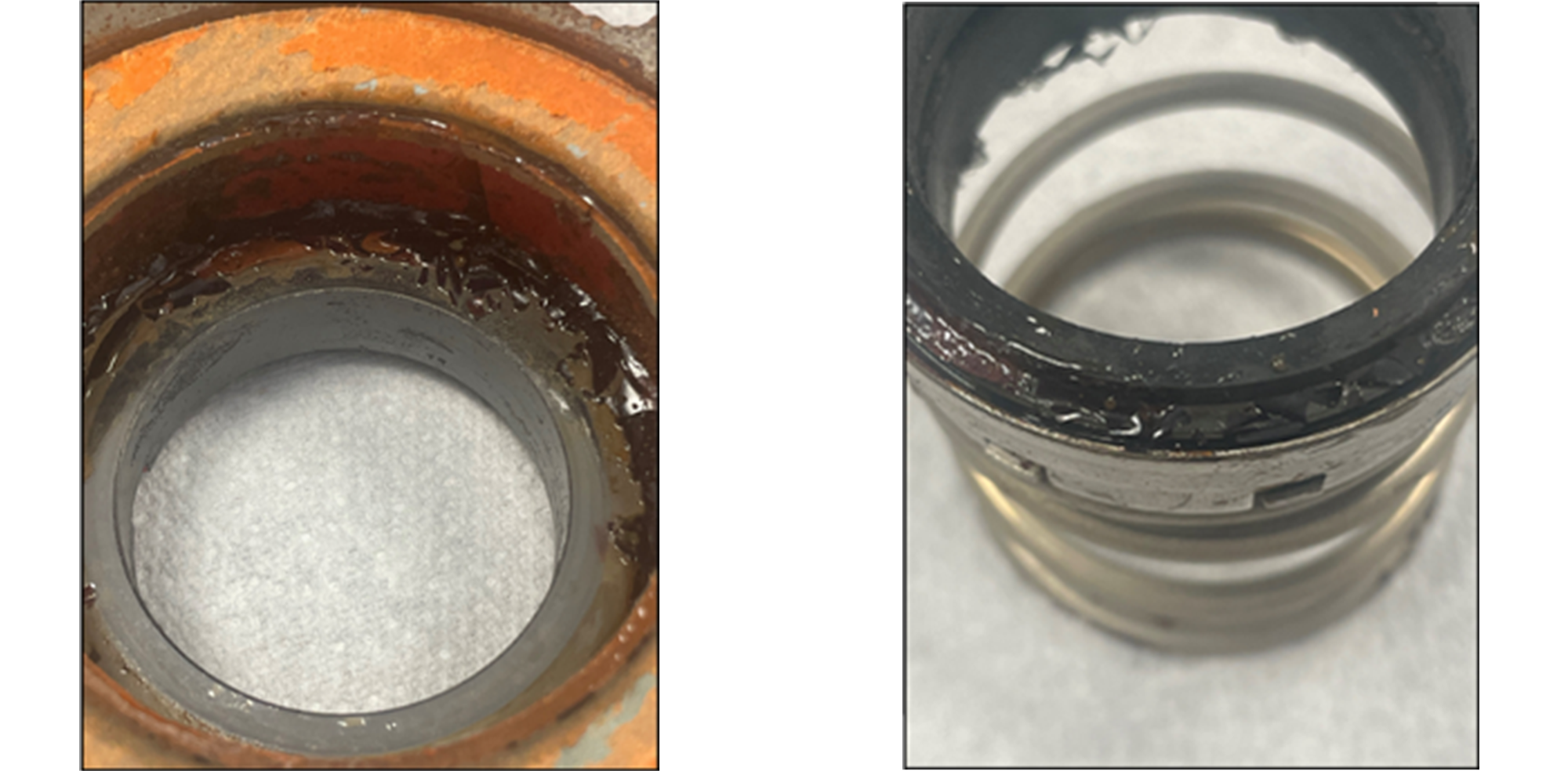
How to improve reliability?
• Use hard–hard face pairs: both faces in ceramic or carbide.
• Make one face—preferably the wider stationary face—with a slightly rougher finish to promote stable lubrication.
• Choose ceramic or porous silicon carbide for deposit-resistant surfaces.
• For ≥50% glycol, use a knife-edge rotary face to reduce deposit area and increase unit loading.
1.4 Dry running | Heat shock of ceramic
Alumina ceramic is a strong electrical/thermal insulator but has limited resistance to rapid temperature changes. A sudden media shift (e.g., 80 °C → 20 °C) creates steep thermal gradients in the ceramic. The resulting stress causes the alumina to crack.
What will you see?
• Visible cracking or chips on the face
• Rapid onset of leakage after the temperature swing
How to prevent it?
• Avoid sudden flushes of cold or hot fluid across the seal faces.
• Ramp temperatures gradually during start-up, shutdown, and cleaning cycles.
• Stabilise flush plans: pre-heat or temper the flush to near process temperature.
• Select materials wisely: where frequent temperature swings are expected, consider ceramics/carbides with higher thermal-shock tolerance than alumina.

2. Elastomer incompatibility
Elastomer components (O-rings, bellows) can fail from chemical/thermal degradation or from mechanical stress during operation or installation.
Why does it happen?
• Chemical incompatibility: The fluid attacks the polymer → swelling, shrinkage, softening, embrittlement, or extraction of additives.
• Over temperature: System heat, or a local heat spike at the faces, exceeds the elastomer’s rating.
• Mechanical abuse: Torque loads, start/stop transients, or installation damage (e.g., from screwdrivers).
• Vacuum lock on restart: When a pump stops, a vacuum can form between faces. On restart, if the vacuum doesn’t break cleanly, especially with non-pusher full bellows seals, viscous fluids, and identical face finishes, torque is transmitted through the bellows, twisting and tearing it.
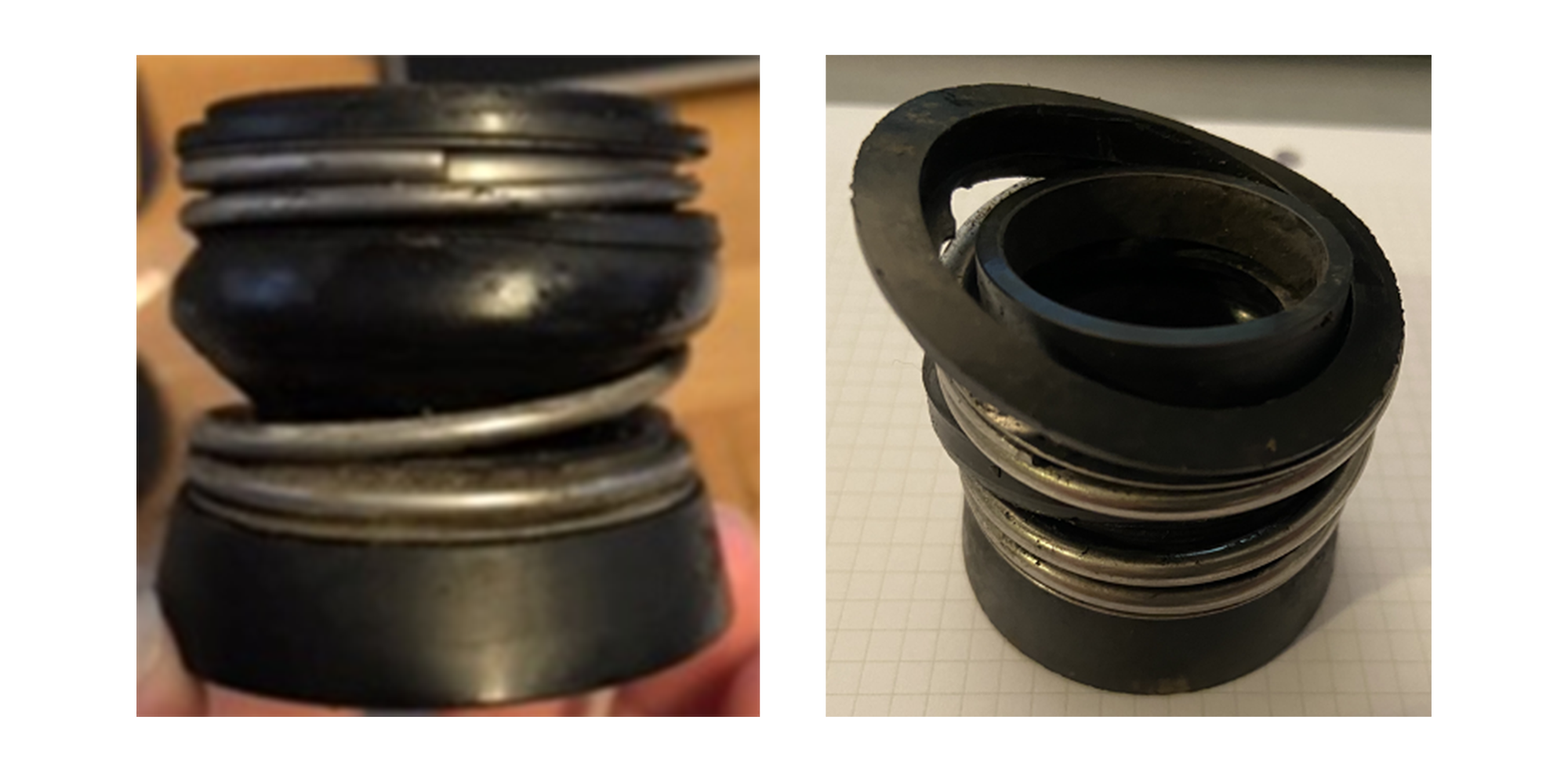
What will you see?
• Chemical damage: swelling/shrinkage, cracking, blistering, sticky or chalky surfaces, loss of elasticity, leakage.
• Heat damage: hard/brittle O-rings, compression set, glazing/discolouration.
• Mechanical damage: nicks, cuts, spiral/torsional tears in bellows; leakage immediately after restart.
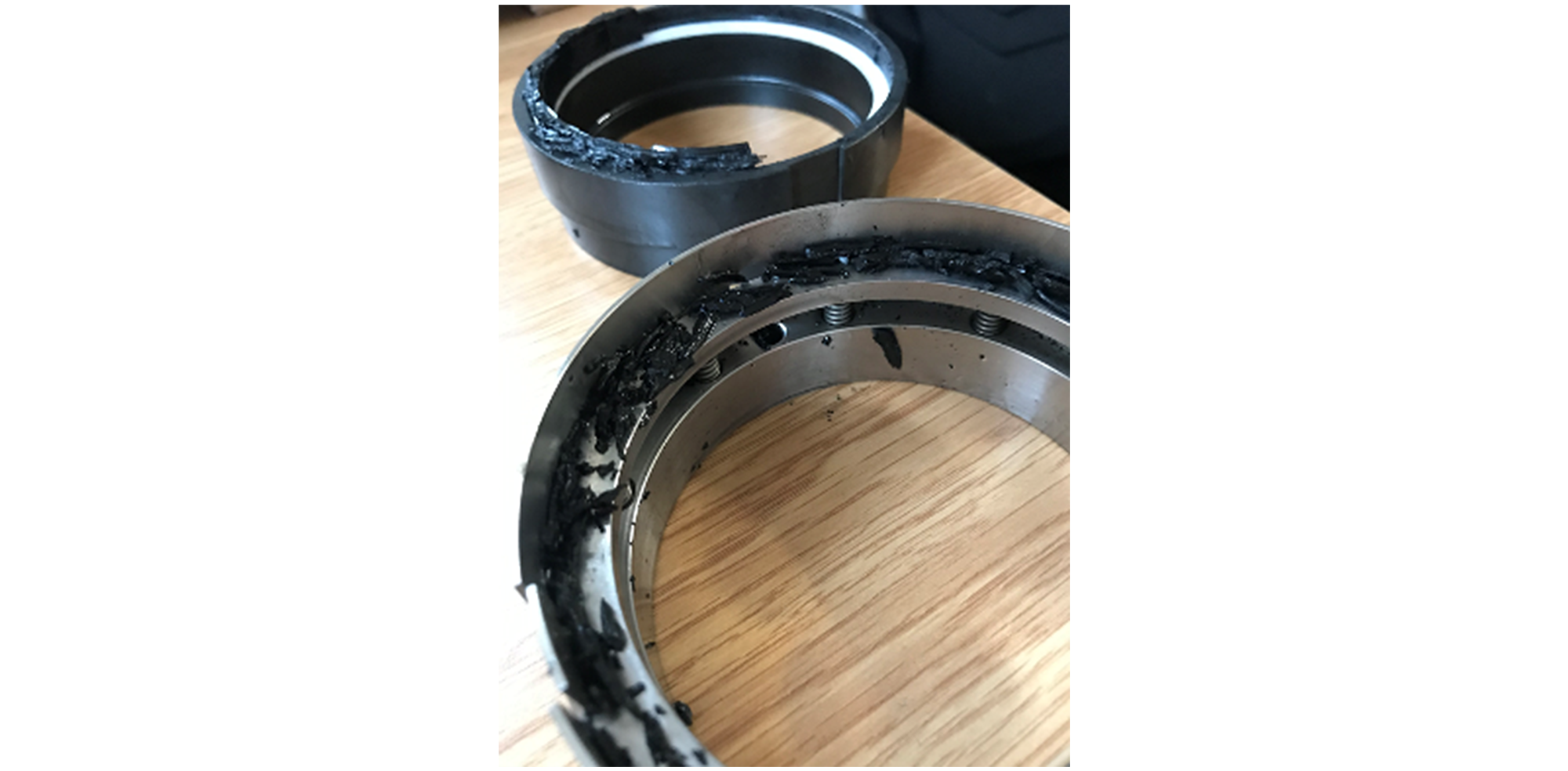
The optimal way to prevent these issues is to match material to media & pH, more specifically:
o Verify with a chemical compatibility chart before selection.
o Use EPDM for acrylic acid; avoid FKM in strong alkali.
Reduce restart torque/vacuum issues:
• Provide a face differential finish (one slightly rougher), especially on the wider stationary face.
• Use venting/flush or start-up procedures that break the face vacuum.
• In viscous service, consider designs less prone to torsional load or add anti-rotation features.

Quick checks
• If failure is suspected, measure hardness and inspect for surface changes; note service pH (a simple litmus test can indicate exposure).
• Compare findings to the last start/stop event, tearing after a short run often points to restart torsion rather than chemical age.
2.1 Elastomer incompatibility | EPDM with petroleum products
EPDM is not compatible with long-chain organic liquids—petroleum fuels, lubricating oils/greases, and vegetable or other natural oils/fats. Contact causes solvent uptake, so the rubber swells and softens.
Loss of stiffness undermines sealing, especially for moulded secondary seals (bellows, diaphragms) that rely on shape integrity to work.
What will you see?
• Noticeable volume swell and a softer, more supple feel
• Loss of dimensional stability (baggy bellows, distorted diaphragms)
• Reduced sealing force → weeping or leakage
• After removal from the fluid, parts may partially recover, but fit and properties may not return to their original.
How to prevent it
• Do not use EPDM with hydrocarbons, mineral oils/greases, or natural oils/fats.
• Choose a compatible elastomer for these media (e.g., NBR/HNBR, FKM, FFKM) based on temperature and chemistry.
• Use compatible assembly lubricants (e.g., silicone-based) instead of hydrocarbon greases.
• Always verify with a chemical compatibility chart for the exact fluid and conditions.
2.2 Elastomer incompatibility | FKM/Viton with ammonia substances
FKM/Viton® is unsuitable for high-pH (alkaline) service. It performs well in low-pH (acidic) fluids. EPDM is typically preferred for alkaline aqueous media.
In refrigeration compressors using ammonia (NH₃), the refrigerant dissolves into the lubricating oil, giving the oil an alkaline character. That environment degrades FKM O-rings.
What will you see?
• Premature compression set
• Surface cracking and general drying
• Loss of elasticity/memory
• Early leakage
Optimal material choices
• Alkaline aqueous media: Use EPDM (not for oils).
• Acidic media: Use FKM/Viton®.
• Refrigeration compressor oils with ammonia: Use HNBR or Chloroprene/Neoprene.
- Avoid EPDM in any lubricating oil duty.
- Avoid FKM in high-pH environments.
Always confirm the exact fluid, temperature, and additive package against a chemical compatibility chart before final selection.
2.3 Elastomer incompatibility | FKM/Viton with acetate and acrylate substances
FKM/Viton® is widely chosen for chemical resistance, but it has important gaps.
Not compatible. Seek alternative options
• Acetates: Acetic acid (incl. vinegar), peroxyacetic/peracetic acid, ethyl acetate, butyl acetate, and acetate salts (e.g., sodium, lead).
→ Use EPDM for these media.
• Acrylates: Acrylic acid, poly(vinyl acrylate), methyl/ethyl/butyl acrylate.
→ Use EPDM.
• Methacrylates: e.g., methyl methacrylate.
→ Use PTFE (non-elastomer) or FFKM. Avoid EPDM and FKM.
What will you see with FKM in these fluids?
Swelling and softening, surface attack/cracking, loss of elasticity and memory → early leakage.
• Match the elastomer to the exact chemistry, concentration, and temperature.
• Verify against a chemical compatibility chart before finalising the seal design.
3. Face incompatibility
Mechanical seal faces can suffer premature physical damage when hard particles enter the seal gap, disrupting flatness and the lubricating film. Once flatness is lost, faces run in contact → heat, wear, and leakage.
Why does it happen?
• Abrasives in the fluid: Grit, corrosion products, or debris pass through the gap and score the faces.
• Softer materials at risk: Carbon and steel mark easily compared with carbides (SiC/WC).
• Mis-tracking: The harder face “tracks inside” the softer face, or the faces don’t track each other at all (runout, misalignment, vibration, wrong working length) → no stable equilibrium film.
What will you see?
• Scratches/scoring, radial tracks, matte abraded patches
• Step/taper wear on the softer face; edge chipping
• Rising face temperature, higher drive torque, and increasing leakage
How to prevent this?
• Keep the fluid clean: Fit strainers/filters; flush or recirculate from a clean source; purge systems at commissioning.
• Select tougher faces for dirty service: Prefer hard–hard pairs (e.g., SiC–SiC or WC–SiC) or protected carbon grades.
• Maintain tracking: Check shaft runout and alignment, correct spring/compression, and match face widths; avoid face contact at start-up.
• Control operating conditions: Maintain adequate flush flow/pressure and avoid cavitation or vibration.

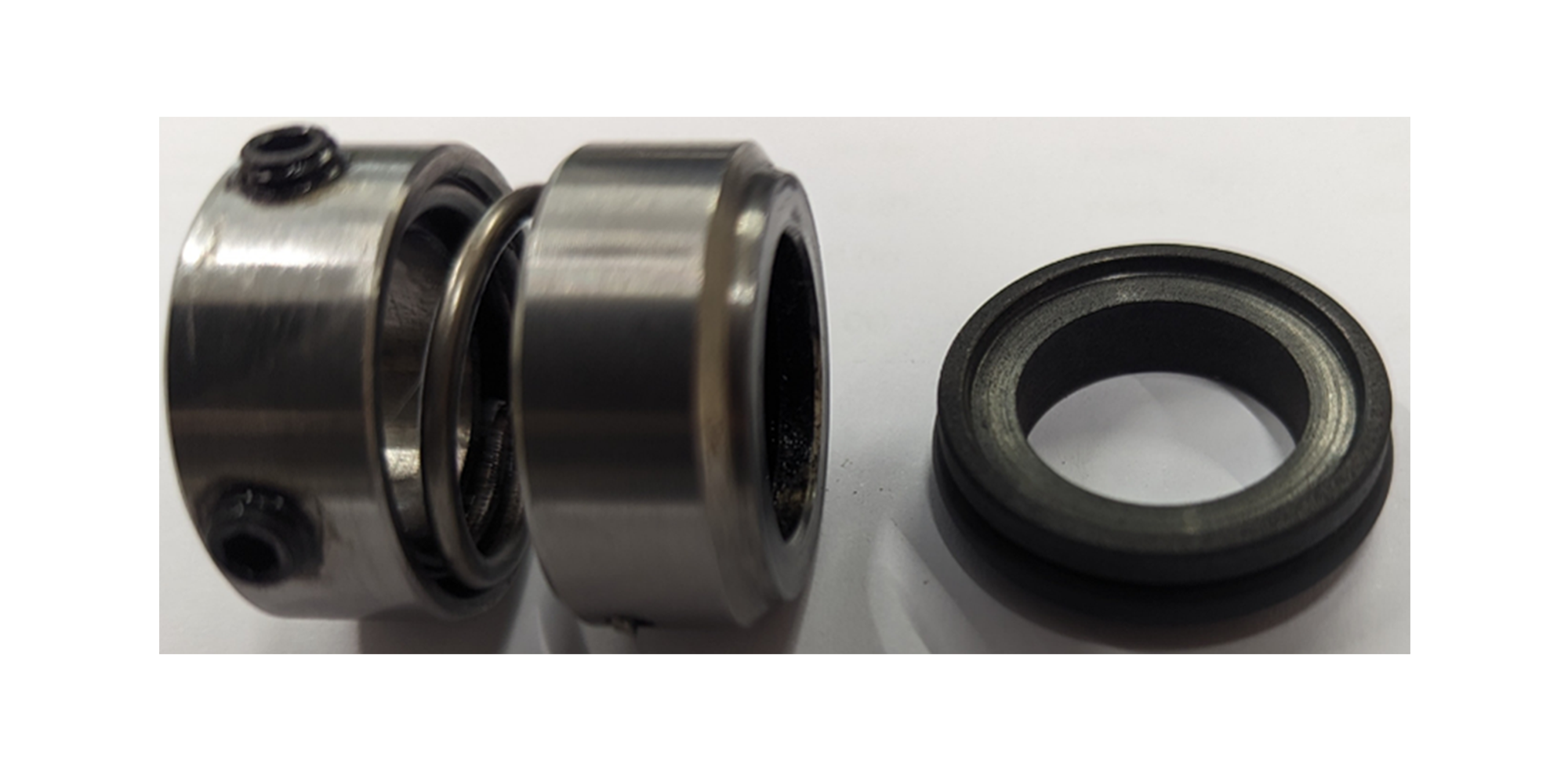
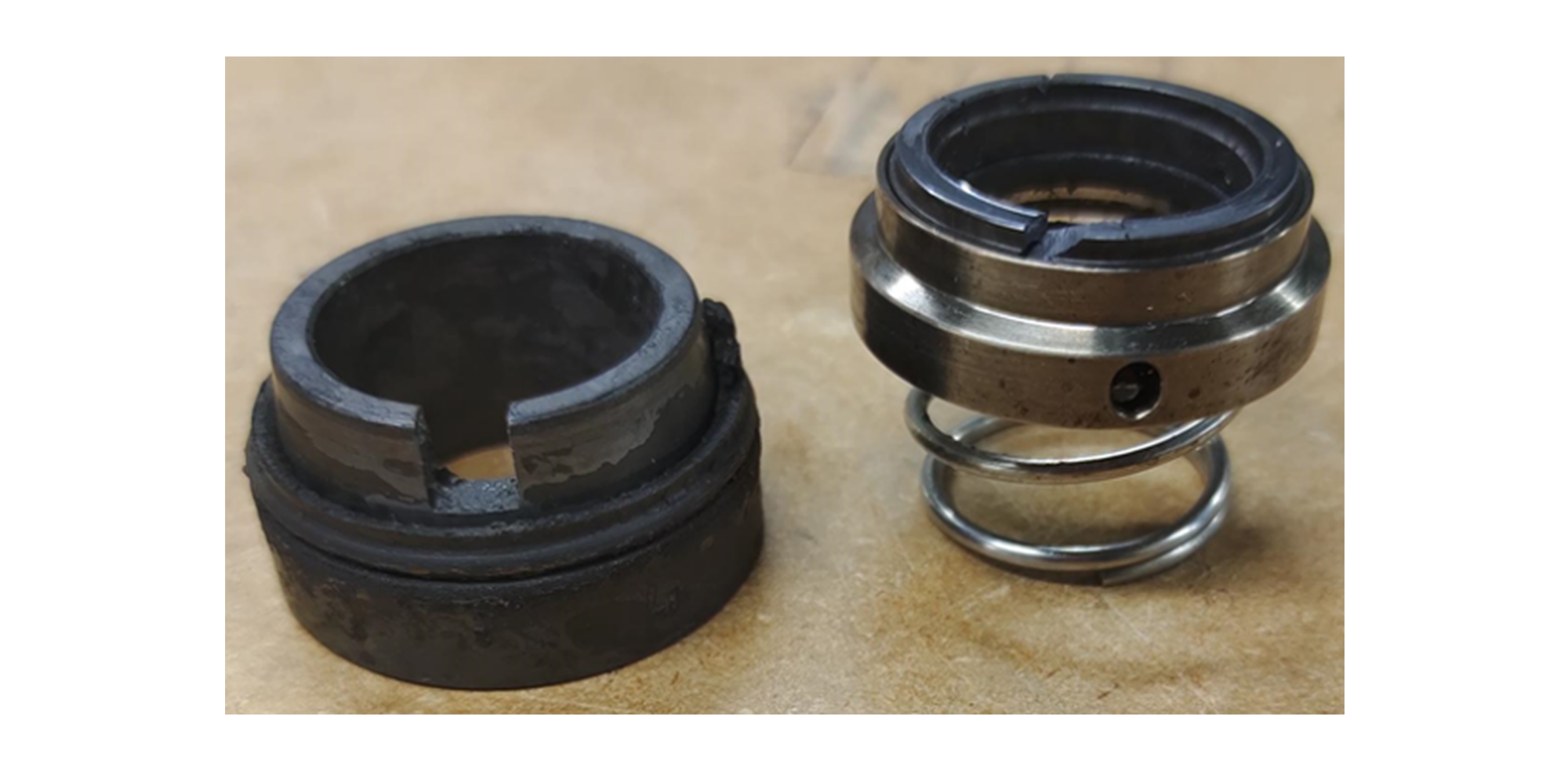
4. Overheating
All elastomers have maximum service temperatures. Metals do too; steel expands with heat. In interference-fit parts (e.g., sleeves, seats, bushings), heating reduces contact pressure and can loosen the fit.
Why does this happen?
• Thermal expansion: As steel heats, the bore grows and the interference (press) fit relaxes.
• Material limits: Elastomers soften, harden, or take set when their temperature rating is exceeded.
• Cycling/creep: Repeated heat cycles can permanently reduce fit pressure.
What will you see?
• Spun sleeves or seats, fretting/polished rub marks
• Sudden misalignment, noise/vibration, or leakage
• Hardened, flattened, or brittle elastomer seals
Keep interference-fit steel parts ≤ 200 °C to maintain fit integrity (unless verified by calculation/testing)
How to prevent it
• Control temperature: Cooling, insulation, and operating limits that keep parts below material ratings.
• Design for heat: Choose fit class/interference to suit max temperature; account for differential expansion.
• Add restraints: Keys, pins, anti-rotation features, or adhesives where appropriate.
• Select proper elastomers: Verify grade vs. service temperature; avoid local heat spikes at seal faces.
• Inspect routinely: Check for fretting, movement of pressed parts, and heat-aged elastomers (hardness/appearance).
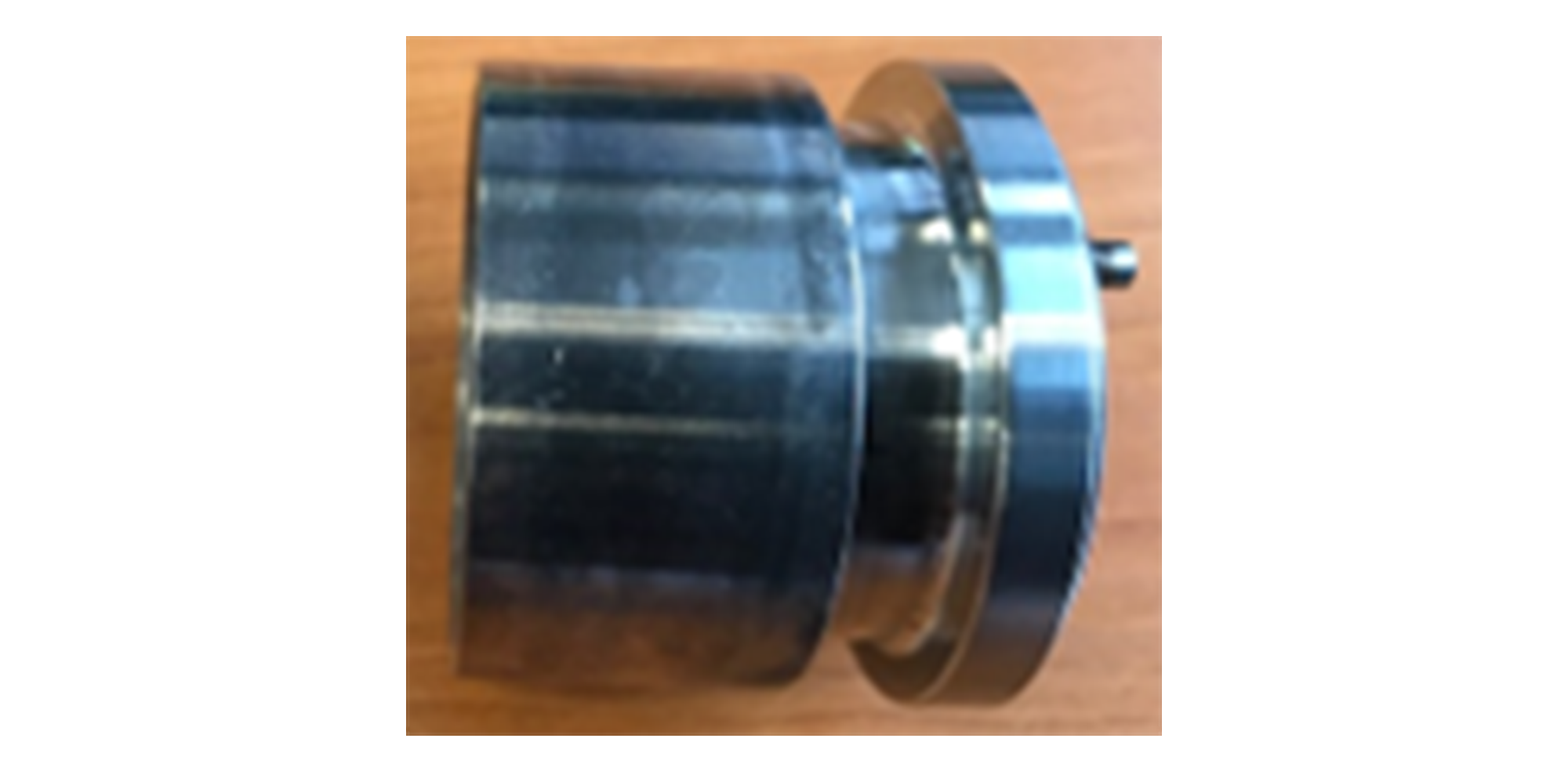
Stay on Top of Mechanical Seal Failures, Ensuring Your Systems Remain Leak-Free
Although mechanical seals are small components, they have a huge impact on your equipment’s performance. Understanding the root causes of seal failures, from dry running to chemical incompatibility, empowers your team to take corrective action before failure occurs.
At Vulcan Seals, we are proud not only to supply high-quality sealing solutions worldwide, but also to be a technical partner to our distributors, OEMs and end users. Our team has encountered and resolved thousands of seal failure scenarios across various industries, and this expertise is available to help optimise your seal performance. From selecting advanced materials that resist wear to designing custom seal support systems, we focus on solutions that deliver a longer seal life and a lower total cost of ownership.
If you have any specific questions or would like to discuss how we can address your particular sealing challenges, please contact the Vulcan Seals sales team.
Centro de conocimiento
Explore nuestros artículos más recientes sobre soluciones de sellado.







































